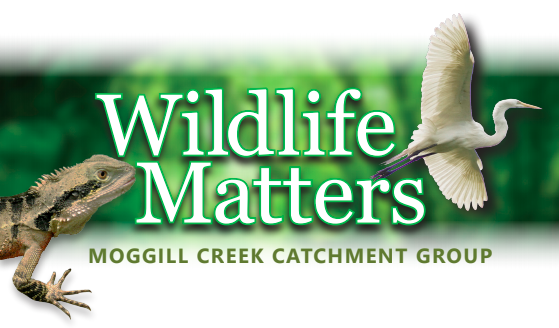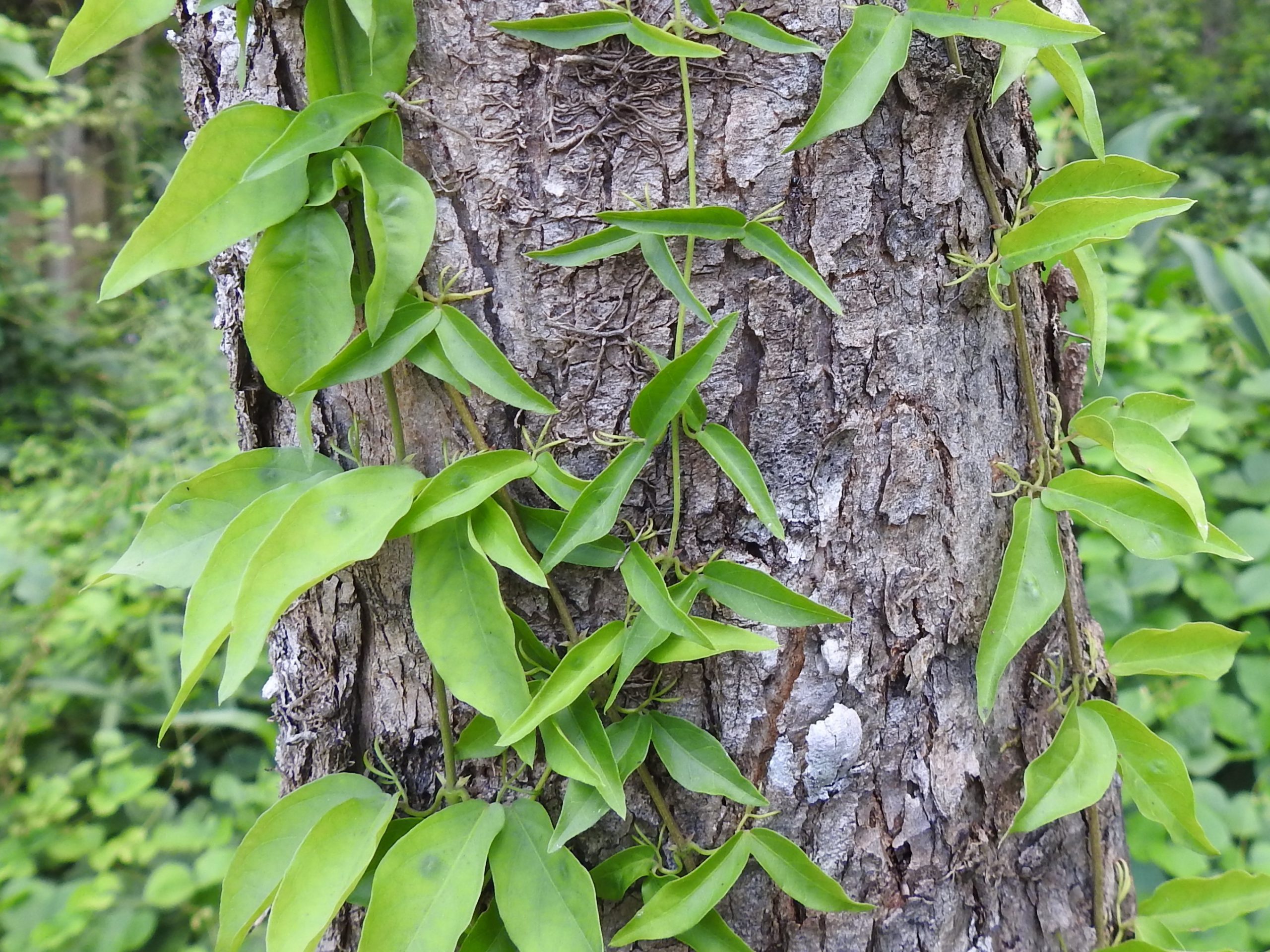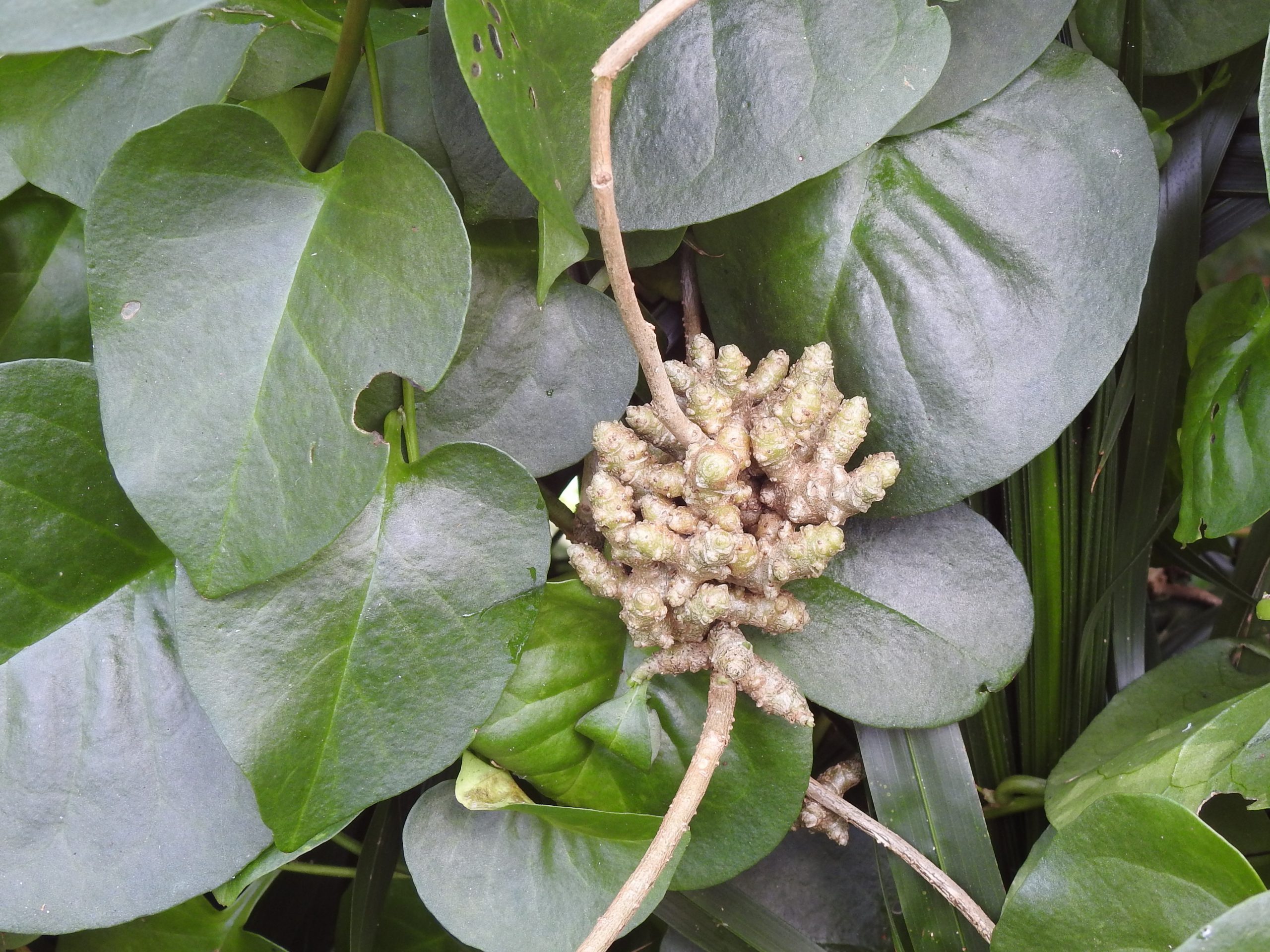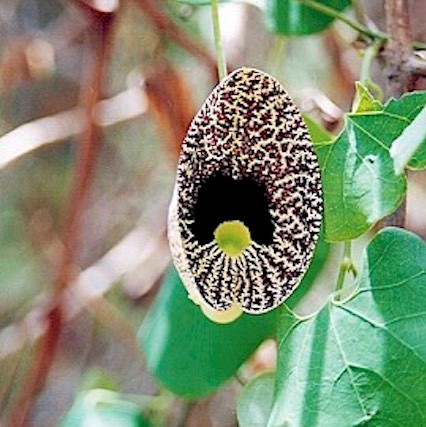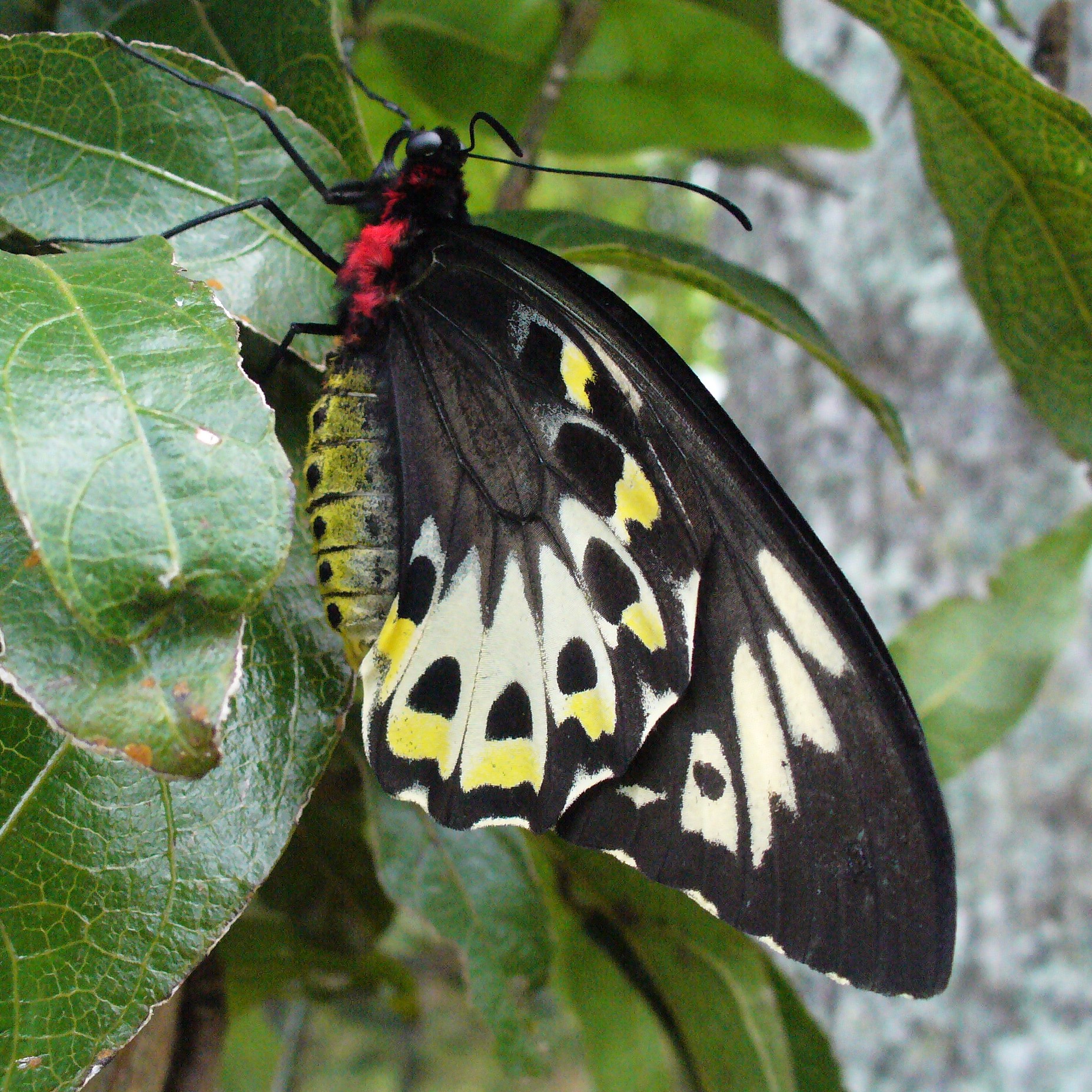One of the biggest threats to native wildlife and natural habitats in Australia is posed by invasive species. Introduced animals, especially feral cats, are a major problem, but wild horses (brumbies) and feral deer can also do enormous damage to some environments, notably in the high country between NSW and Victoria. As well as being a threat to agriculture, invasive plants are a significant threat to native bushland. In the case of the riparian zones bordering creeks in the west Brisbane area there are a number of exotic weed vines that pose a particular problem, since they can over-grow and smother the native vegetation, depriving it of the sunlight needed for photosynthesis and growth. The added burden of the weight of the vines can also enhance the risk of toppling or damage to native trees in the event of storms or a flood.
Two of the greatest threats are posed by cat’s claw creeper (Dolichandra unguis-cati) and Madeira vine (Anredera cordifolia). Cat’s claw creeper can climb to a height of 30 meters, producing yellow flowers and prolific seeds that are easily spread by wind over a wide area. It is very hard to eradicate due to the production of underground tubers that can grow to 50cm and are very difficult to remove. In contrast, Madeira vine produces aerial tubers attached to the stems and is spread vegetatively. The tubers tend to fall off when the vines are removed and remain viable for long periods, so infestations require repeated treatment to eradicate the vines completely.
Other significant weed vines common to our riparian zones include balloon vine (Cardiospermum grandiflorum) and glycine (Neonotonia wightii). Like the cane toad, glycine was purposely introduced to Australia, in this case to provide fodder for cattle in times of drought. It is indeed highly drought-tolerant and tends to take over the sunny northern edges of our riparian zones. In contrast balloon vine (so-called for its distinctive balloon-shaped papery seed capsules), prefers shadier areas.
There are many other exotic vines that can cause problems. One of particular interest is the Dutchman’s pipe vine (Aristolochia elegans), which is a particular threat to attempts to re-introduce the magnificent Richmond birdwing butterfly (Ornithoptera richmondia) to the Brisbane region, although there are still some in the Sunshine and Gold Coast hinterlands. Unfortunately, the mature butterflies cannot distinguish Dutchman’s pipe from their native host, the Richmond birdwing vine, but the leaves of this exotic import are toxic their caterpillars!
Dutchman’s Pipe (Aristolochia elegans) – photo Bryan Hacker
Richmond Birdwing (Ornithoptera richmondia female emerged) – photo Richard Bull
Further details of invasive weeds (including weed vines) common to the western suburbs can be found under ‘Catchment Field Guides’ on the MCCG website.
Jim Pope
Published in


